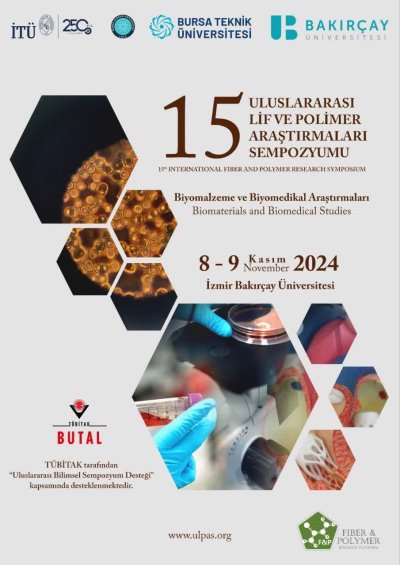0% Complete
Authors :
Keywords :
Abstract :
List of archived papers
Açelya Alkan - Reha Akın - Celal Beysel - Ömer Yunus Gümüş
HALİL İBRAHİM TURGUT - ÖZLEM YARAR - BEGÜM SELÇUK ELGÜN
Sude Akgül - Ayten Nur Yüksel Yılmaz - Ayşe Çelik Bedeloğlu
Berk Baykan - M. Reza Nofar
H.Çağdaş ASLAN - Hale BERBER - Yasemin BALCIK TAMER
SELVER ZİLAN ERCOŞMAN - FATMA DEMİRCİ - KERİM ASLAN - YASEMİN KORKMAZ
Firuza İdrisova - Sultan Bütün Şengel
Fatma Tuba Kıraç Demirel - Adnan Fatih Dağdelen - Ayberk Tükel - Beyza Albayrak - Buket Çetin



